Terrible freeze damage
salicaceae
11 years ago
Related Stories

GREEN BUILDINGThe Big Freeze: Inventors Break New Ground to Keep Things Cool
Old-fashioned fridges can be energy guzzlers, but there are more eco-friendly ways of keeping food fresh, as these global innovations show
Full Story
GARDENING GUIDESGot Frost-Damaged Plants? How It Happens, and When and How to Prune
Crispy brown leaves are a sure sign that Jack Frost has been to your neighborhood
Full Story
HOUSEKEEPINGProtect Your House From Winter Water Damage
Avoid costly repairs by learning to spot potential problem areas before water damage is done
Full Story
BATHROOM DESIGNWater Damage Spawns a Space-Saving Bathroom Remodel
A game of inches saved this small New York City bathroom from becoming too cramped and limited
Full Story
GREAT HOME PROJECTSHow to Give Your Driveway and Front Walk More Curb Appeal
Prevent injuries and tire damage while making a great first impression by replacing or repairing front paths
Full Story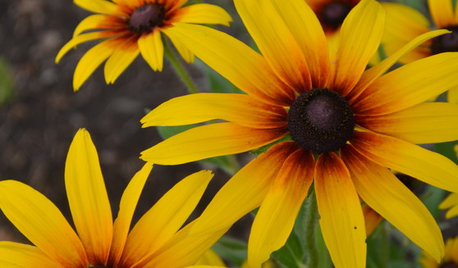
GARDENING GUIDESSouthwest Gardener's July Checklist
Hold on to your hat and prune those tree branches; monsoon season means damage prevention is key
Full Story
HOUSEKEEPINGOutdoor Home Prep to Do Before Hard Winter Hits
Avoid cracking, rusting and rotting during freezes by taking care of these tasks now
Full Story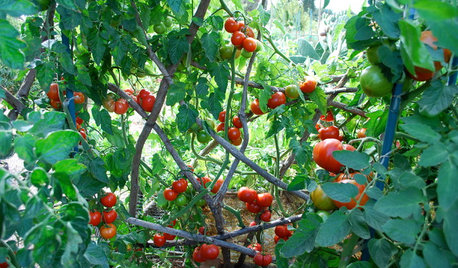
GARDENING GUIDESTexas Gardener's March Checklist
So long, freezing temperatures. It's time to kick off spring planting, lavish attention on lawns and sprinkle seeds to your heart's content
Full Story0

MONTHLY HOME CHECKLISTSYour Fall Home Maintenance Checklist
Prep your house and yard for cold weather with this list of things to do in an hour or over a weekend
Full Story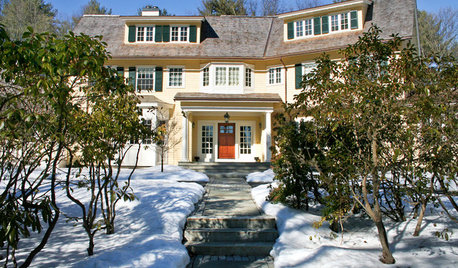
GARDENING AND LANDSCAPINGTake a Winter Walk on the Safe Side
Learn how to handle snow, ice and other cold-weather landscape factors to minimize falls and damage
Full StoryMore Discussions








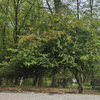
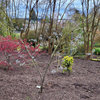
pineresin
krnuttle
Related Professionals
Benbrook Landscape Architects & Landscape Designers · Blue Springs Landscape Contractors · Clayton Landscape Contractors · Fort Wayne Landscape Contractors · Milford Landscape Contractors · National City Landscape Contractors · South Glastonbury Siding & Exteriors · North Reading Siding & Exteriors · Benton Decks, Patios & Outdoor Enclosures · Philadelphia Decks, Patios & Outdoor Enclosures · San Diego Decks, Patios & Outdoor Enclosures · Stafford Decks, Patios & Outdoor Enclosures · West Chester Decks, Patios & Outdoor Enclosures · Glendale Decks, Patios & Outdoor Enclosures · Scotts Valley Decks, Patios & Outdoor Enclosuresj0nd03
salicaceaeOriginal Author
salicaceaeOriginal Author
ken_adrian Adrian MI cold Z5
j0nd03
wisconsitom
Toronado3800 Zone 6 St Louis
salicaceaeOriginal Author
salicaceaeOriginal Author
poaky1
whaas_5a
ken_adrian Adrian MI cold Z5
lucky_p
jqpublic
bengz6westmd
alabamatreehugger 8b SW Alabama
salicaceaeOriginal Author
hairmetal4ever
alabamatreehugger 8b SW Alabama
poaky1
j0nd03
davidrt28 (zone 7)
salicaceaeOriginal Author
davidrt28 (zone 7)